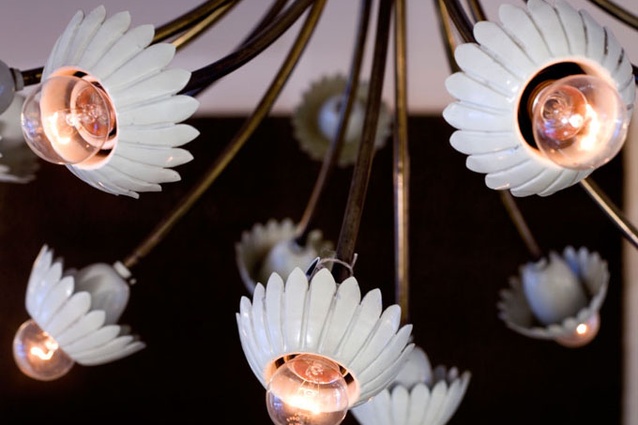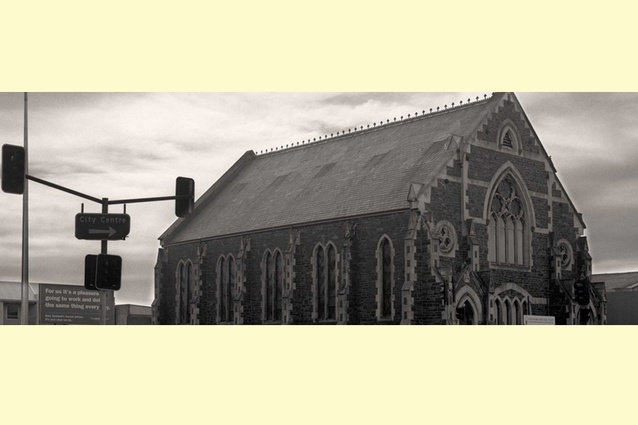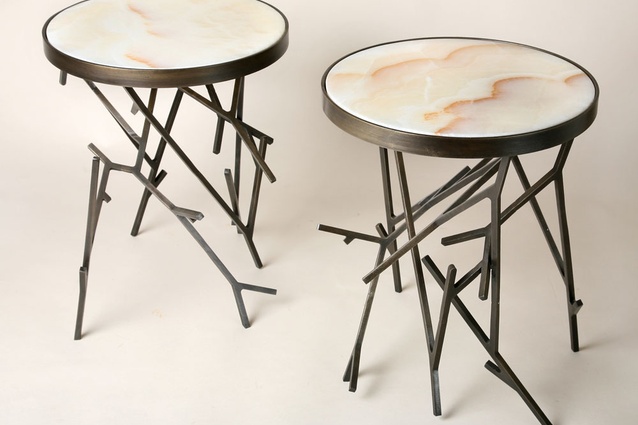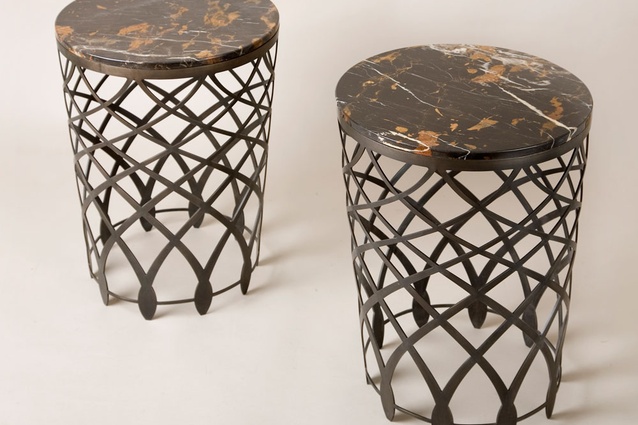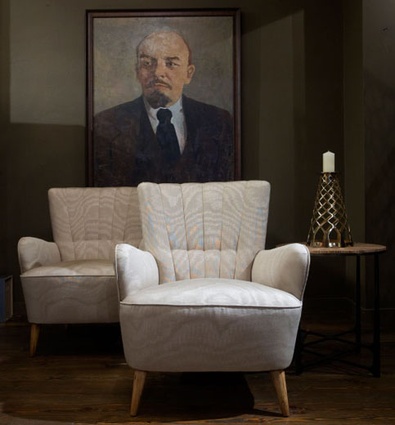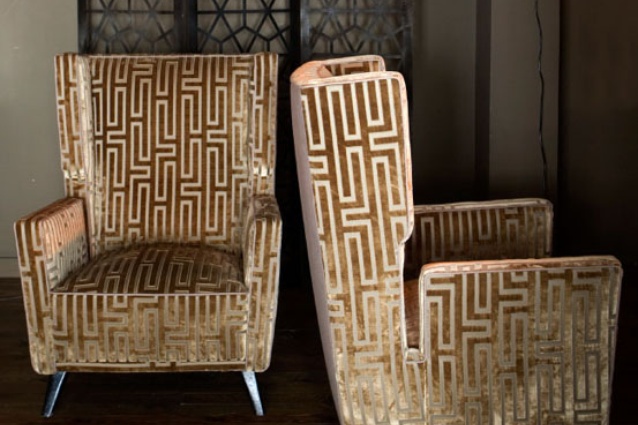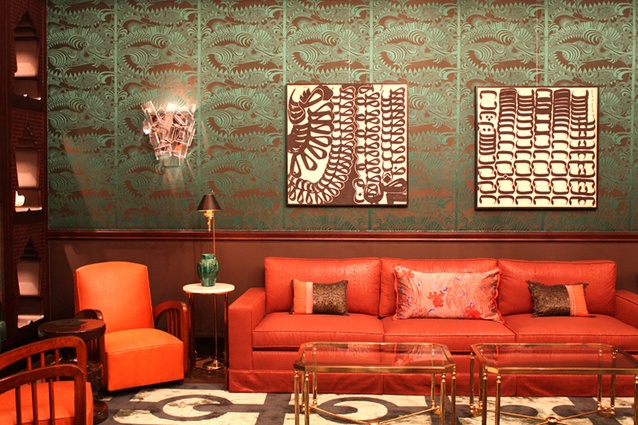Notes from Istanbul
Ex-pat Kiwi designer Christopher Hall tells us why he's happy living and working in a humming metropolis halfway between Asia and Europe.
“It’s been hot for too long,” says Christopher Hall, down the line from the Istanbul. It’s 9am there and a summer storm is rattling away, temporarily relieving the pressure of a sweltering Asian/European summer. Istanbul, of course, has a dollar each way, the only metropolis situated on two continents. Hall, however, isn’t second-guessing his decision to move to the city 11 years ago. His interior and furniture business is thriving, and ABC Home in the US and William Yeoward in the UK have just signed on to distribute his wares.

Back in 1988, Hall picked up and left New Zealand. His first stop was Rome, for a “good five years”, where he worked in a gallery before picking up an interiors gig. From there he decamped to Australia, working for designer Leslie Walford, whom he cites as the greatest influence on his career.
“It was a tremendous experience. We worked on some huge projects, including Rupert Murdoch’s Sydney residence. He was a great mentor, in touch with the intellectual side of design, about understanding periods and movements, the whys, the why nots.”
In 2000, Hall headed to Istanbul to realise a “simple intuition” he’d had on a one-week break as a 19-year-old.
“When I first came here I fell in love with the city, its geographical position, its language, its history. It shook me and I thought then, this is the city I want to live in.”
The decision was prescient. The designer says that right now it’s Turkey’s time, citing the country’s massive growth and proximity to the burgeoning wealth of Central Asia — “a force to be reckoned with, and the nearest hub is Istanbul.”

Aside from furniture, Hall has interior projects in Paris, Riyadh and Cappadoccia. This work is procured mostly by word of mouth, but he says he’s worked hard to make a name for himself; the establishment of a 200m2 furniture gallery, alongside his other interests, has helped with this but so too has fluency in Turkish, essential, he says, to avoid being trapped in a “very small stratum of ex-pats who moan about everything.”
Like many others who have adopted new countries as home, Hall reveals himself somewhat as a student of history. (As a designer and collector of curios, knowledge of Turkey’s past is certainly pertinent to his success.) Historically, he says, Turkey was labelled as the sick man of Europe, misguided and rife with corruption.
“The backbone was ripped out of the country in ’24, when the Ottoman Empire collapsed. Then Atatürk came along and reformed the country, which had been marked out by France, Italy and England. Turkey was about to ‘not be’, and he pulled all his resources together and created this incredible army. Eight hundred years of Ottoman rule fell away and Turkey started from zero. Coming to a place like this it’s all been done before in a magnificent way, but it’s crumbled, so you have a lot of reference points. There’s a lot here to inspire you in what you can do.”

